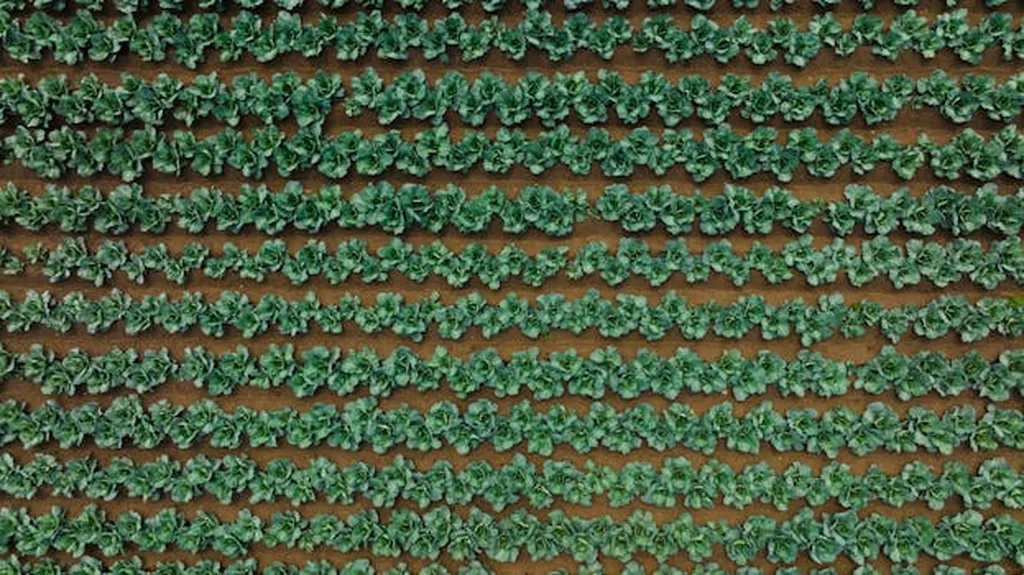In the ever-evolving landscape of sustainable agriculture, a groundbreaking study led by Jiabing Wu from the College of Horticulture and Landscape Architecture at Southwest University has unveiled a novel approach to combating clubroot disease in cabbage crops. Published in the journal *Microbiome* (translated from Chinese as “微生物组”), this research offers a promising strategy for farmers and agritech innovators alike, with significant implications for the energy sector’s push towards sustainable food production.
Clubroot disease, caused by the pathogen Plasmodiophora brassicae, has long been a bane for cabbage growers, leading to substantial yield losses and economic setbacks. Traditional methods of disease management have often relied on chemical treatments, which can have detrimental environmental impacts. However, Wu’s research presents a more sustainable alternative through the strategic use of crop rotation and soil microbial legacies.
The study, conducted over three years, demonstrated that rotating cabbage with buckwheat significantly reduced clubroot severity by 67% to 97%, regardless of the pathogen load. This suppression was attributed to the microbial communities enriched by buckwheat, which persisted in the soil and benefited subsequent cabbage crops. “The key finding here is that buckwheat rotation induces a lasting change in the soil microbiome that enhances cabbage’s resistance to clubroot disease,” Wu explained.
To understand the mechanisms behind this phenomenon, the researchers employed advanced techniques such as 16S rRNA sequencing and metabolomic profiling. They identified specific bacterial taxa—Microbacterium, Stenotrophomonas, and Ralstonia—that were enriched by buckwheat and colonized cabbage roots. Moreover, they pinpointed two flavonoids secreted by buckwheat roots—6,7,4′-trihydroxyisoflavone and 7,3′,4′-trihydroxyflavone—as crucial drivers of microbial community restructuring.
The study took a step further by creating a synthetic microbial community (SynCom1) containing the identified bacterial strains. When applied in combination with the flavonoids, SynCom1 boosted disease suppression by 34% in greenhouse trials. “This synergistic effect highlights the potential of precision microbiome engineering in designing effective and sustainable disease control strategies,” Wu noted.
The implications of this research extend beyond the agricultural sector. As the energy sector increasingly focuses on sustainable practices, integrating such innovative approaches into food production systems can contribute to a more resilient and eco-friendly supply chain. By reducing the reliance on chemical treatments, farmers can lower their operational costs and environmental footprint, while also improving crop yields and quality.
Looking ahead, this study provides a blueprint for future developments in precision agriculture. The ability to harness specialized metabolites to orchestrate cross-crop microbial legacies opens up new avenues for designing rotation systems that enhance disease resistance and overall crop health. As Jiabing Wu and his team continue to explore these interactions, the potential for scalable and sustainable solutions in agriculture becomes ever more promising.
In the quest for sustainable food production, this research offers a beacon of hope, demonstrating the power of nature’s own mechanisms in combating agricultural challenges. With further exploration and application, the insights gained from this study could revolutionize the way we approach crop rotation and disease management, paving the way for a more sustainable and productive future.

